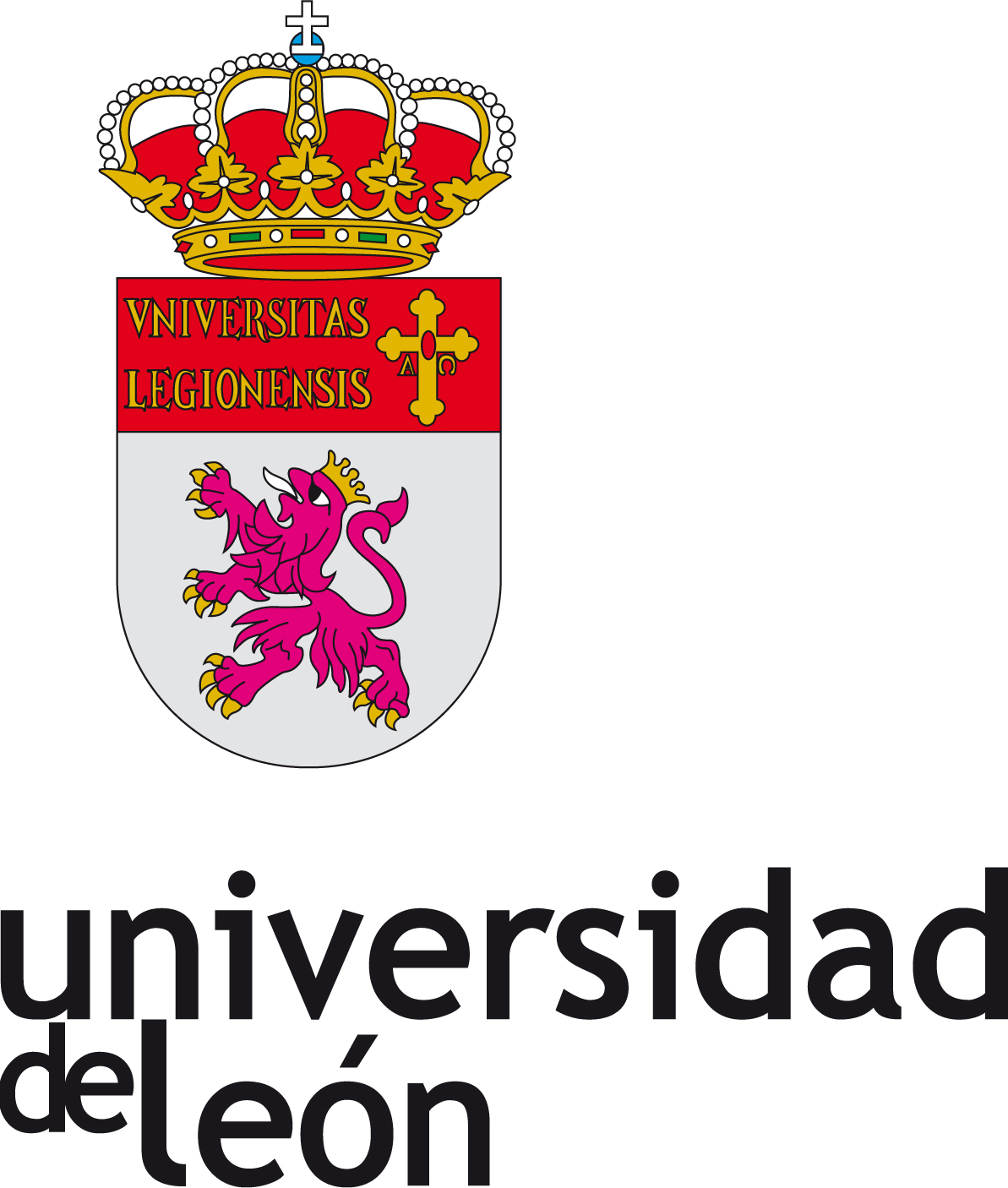Compartir
Título
Distribution of R&D subsidies and its effect on the final outcome of innovation policy
Autor
Facultad/Centro
Área de conocimiento
Fecha
2004
Resumen
The aim of this article is to analyse the impact of the subventions granted by the
Spanish government to innovation activities on the R&D intensity of firms. Our
analysis attempts to deal with two of the methodological problems encountered
during the evaluation of policy impacts: namely, the non estimation of the
"counterfactual" state (what would have happened without the public support);
and the problem stemming from the aid distribution process. Subsidy distribution
is non-random, andcolud generate problems at the moment of evaluating
innovation policies. The results conclude that firms with a clear capacity to
guarantee the successful outcome of projects have higher chances of obtaining
subsidies. On the other hand, firms in need of financial help for innovation have
lower probabilities of obtaining aid. In relation to the casual effects of innovation
policy, subsidies induced a scarce additionality effect, inferior to the amount of
the aid awanded. The results reveal that the innovation policy has a greater
effect on firms with fewer possibilities of obtaining a subsidy.
Materia
Palabras clave
URI
Aparece en las colecciones
Ficheros en el ítem
Tamaño:
1.368
xmlui.dri2xhtml.METS-1.0.size-megabytes
Formato:
Adobe PDF














